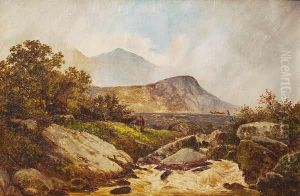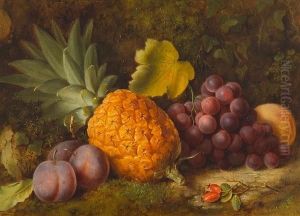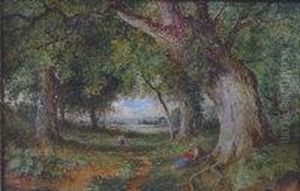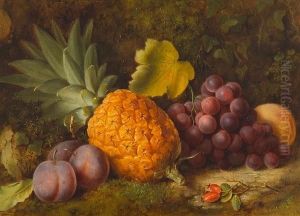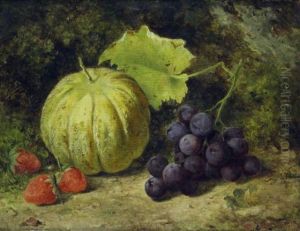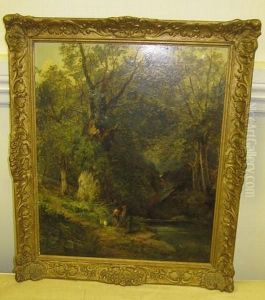Henry Chaplin Paintings
Henry Chaplin was not primarily known as an artist in the traditional sense of painters or sculptors, but rather as a prominent British politician, landowner, and a notable figure in the world of horse racing during the late 19th and early 20th centuries. Born on December 22, 1840, in Ryhall, Rutland, England, Chaplin was a figure whose life was marked by his aristocratic background, involvement in Conservative politics, and his interests in agriculture and equine affairs.
Educated at Harrow and Christ Church, Oxford, Chaplin did not complete his degree, choosing instead to immerse himself in the world of politics and estate management. His political career began in earnest in 1868 when he was elected as the Member of Parliament (MP) for Mid Lincolnshire, a position he held until 1885, after which he represented Sleaford until 1906. Throughout his political career, Chaplin was a staunch Conservative, known for his protectionist views on agriculture, which were influential during his time as President of the Board of Agriculture, a post he held from 1889 to 1892 under Lord Salisbury's government.
Aside from politics, Chaplin was deeply passionate about horse racing and breeding. He owned several successful racehorses, the most famous of which was Hermit, who won the Epsom Derby in 1867. This victory was a highlight of Chaplin's involvement in the racing world, though it was also marked by personal tragedy following the death of his fiancée, Lady Florence Paget, a short time after their engagement was announced. The event is often cited as a pivotal moment that deepened his lifelong attachment to the racing community.
Chaplin's impact on British agriculture and his efforts to protect the interests of landowners were significant, as he advocated for policies that would support the rural economy against the backdrop of industrialization and change. His tenure as President of the Board of Agriculture was marked by attempts to implement policies beneficial to farmers and landowners, though not all were successful or well-received by all sectors.
Henry Chaplin's life was a blend of politics, aristocracy, and sport, reflective of a bygone era in British history. He died on May 29, 1923, leaving behind a legacy that, while perhaps not artistically inclined in the traditional sense, was indelibly marked by his passions and pursuits. His contributions to British politics, agriculture, and the horse racing world remain a part of the historical record of the period.
